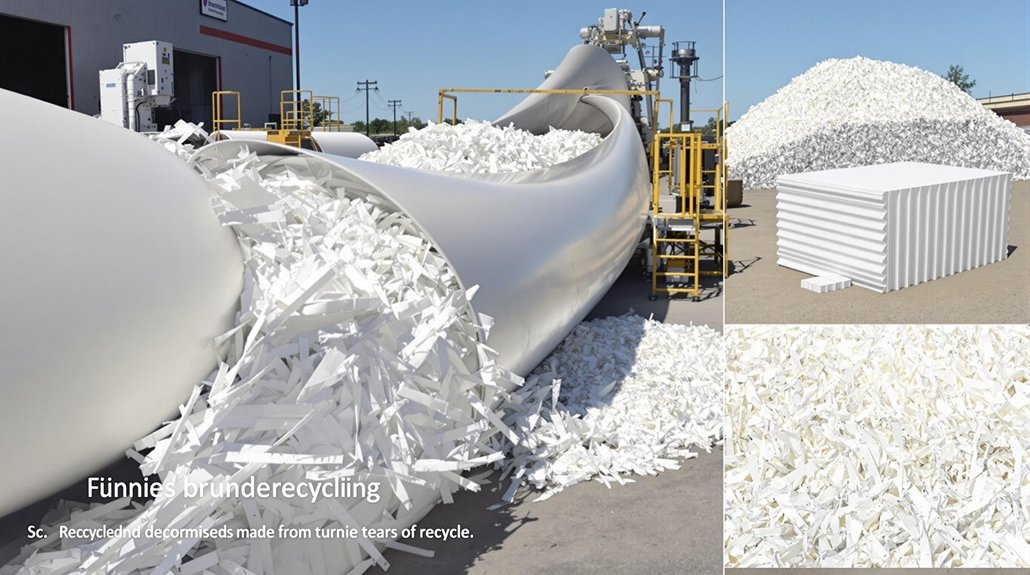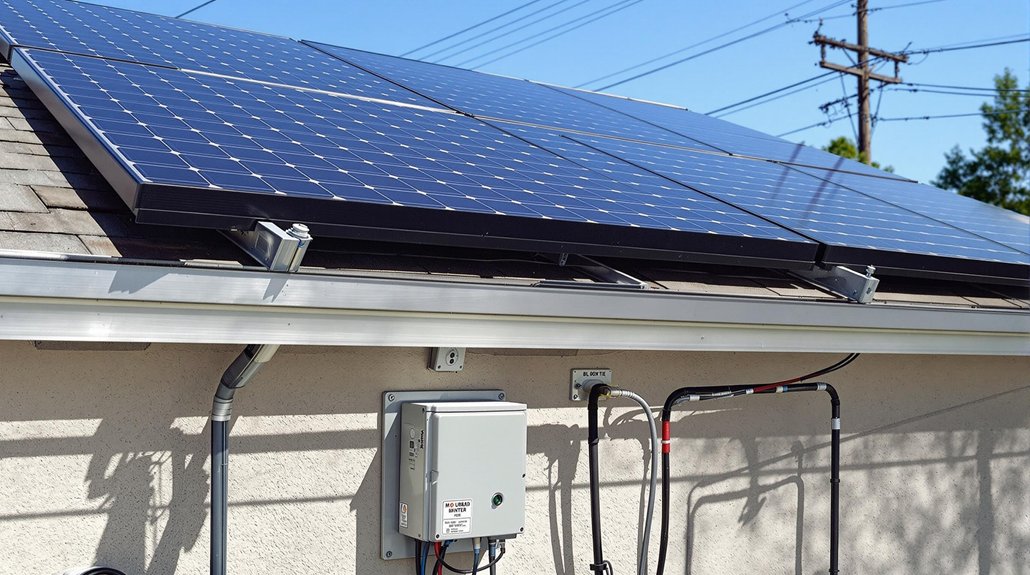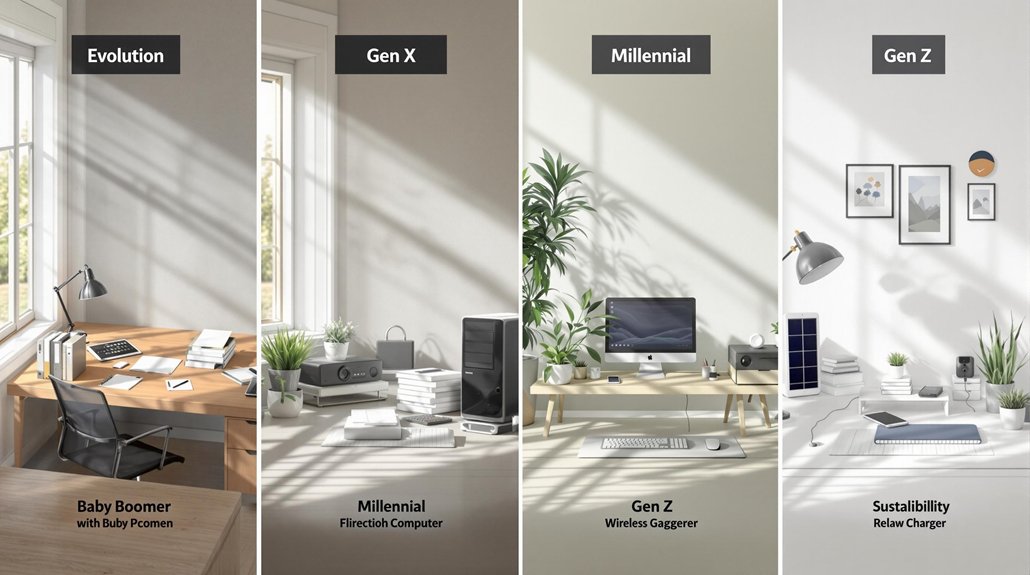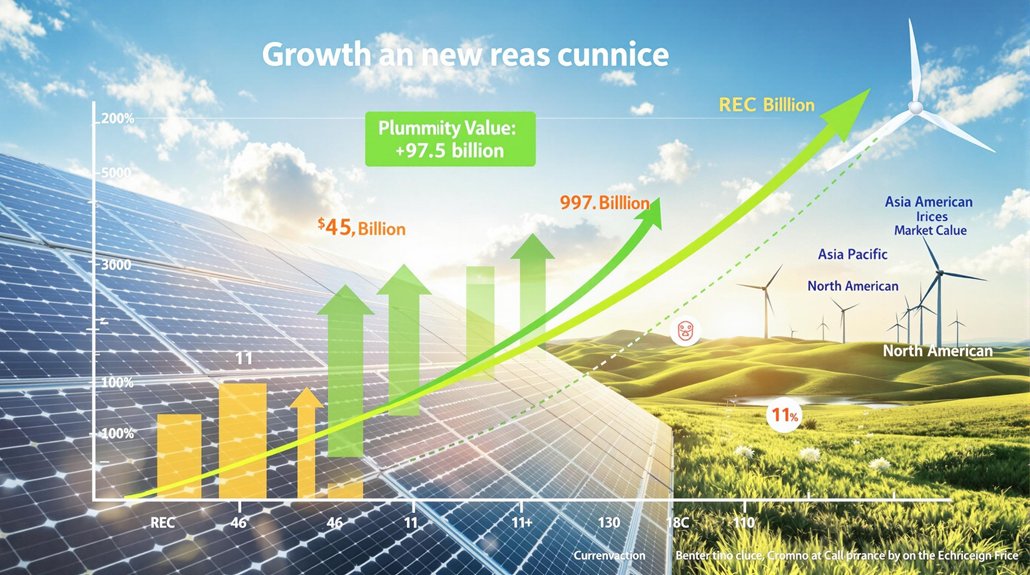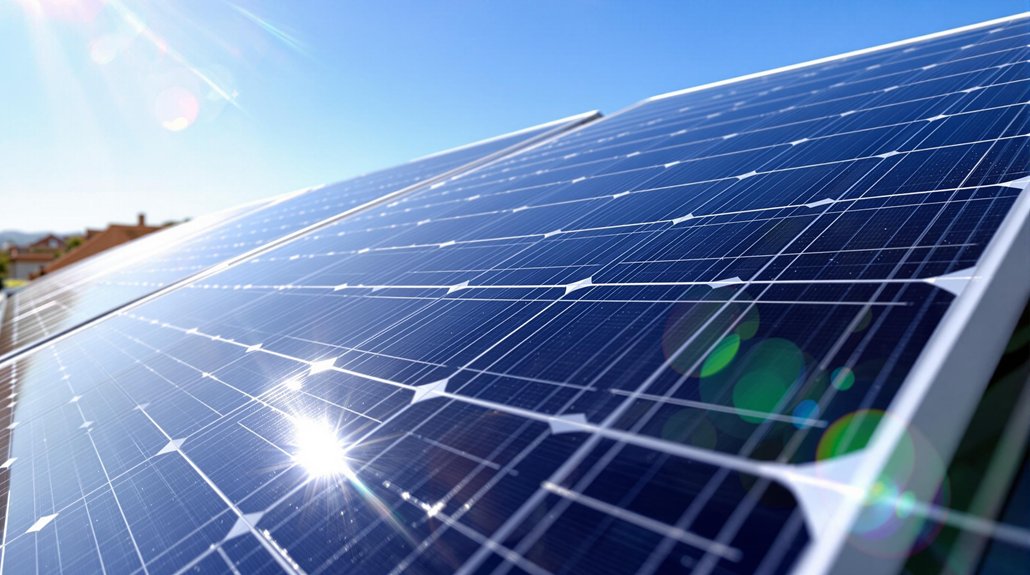Wind turbine blades present a recycling challenge as roughly 10-15% of them can’t be easily recycled. Various methods have emerged to address this issue. Companies now use mechanical recycling, pyrolysis, solvolysis, and co-processing in cement kilns to handle decommissioned blades. Industry initiatives aim for 100% recyclable blades by 2025. Innovative solutions include grinding blades into construction materials and creating new resins for future blade designs. These advancements point toward a more sustainable wind energy future.
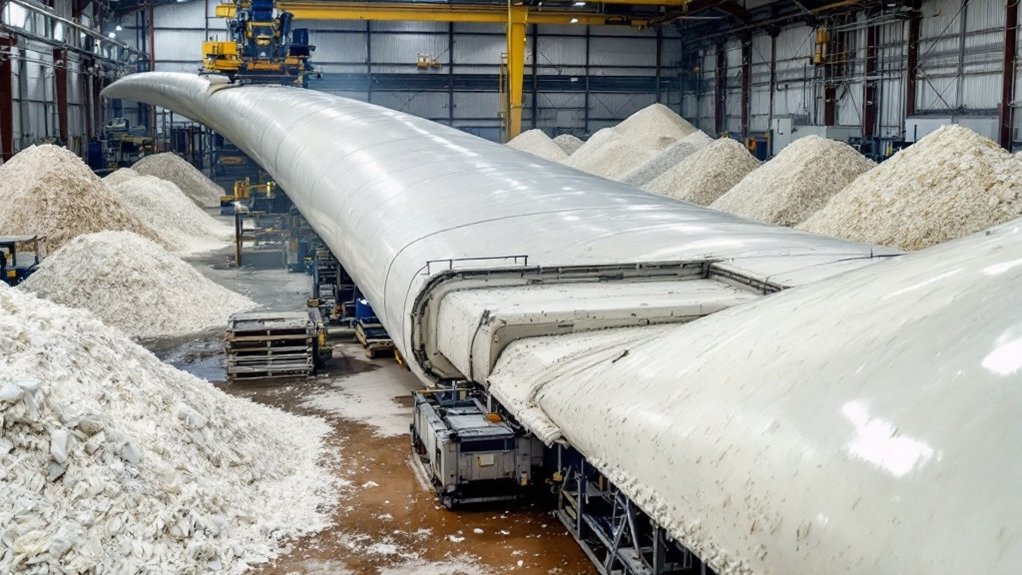
As wind energy continues to grow worldwide, the industry faces a mounting challenge: what to do with old turbine blades when they’re replaced. While 85-90% of a wind turbine can be recycled, the massive fiberglass blades pose serious recycling difficulties. Experts predict that by 2050, about 43 million tonnes of decommissioned blades will need disposal globally.
Currently, several recycling methods exist. Mechanical recycling cuts and shreds blades into raw fiberglass material. Pyrolysis uses heat to break down the blades and recover glass fiber. The initial recycling process involves cutting blades into sections with wet-cutting tools to minimize dust exposure. Other methods include solvolysis, which uses chemicals, and co-processing in cement kilns, where blades serve as alternative fuel. Some companies grind blades into filler for construction materials. According to EU projections, there will be 570 million tonnes of blade waste generated in the European Union alone by 2030.
Wind turbine blades can be recycled through mechanical shredding, heat-based pyrolysis, chemical breakdown, or ground into construction materials.
Innovative companies are developing new technologies to tackle this challenge. Carbon Rivers has created a pyrolysis method that reclaims clean glass fiber. Global Fiberglass Solutions transforms old blades into EcoPoly Pellets for carpentry. The National Renewable Energy Laboratory has developed a special resin called PECAN that makes future blades more recyclable.
Beyond recycling, creative reuse options are emerging. Old blades are being converted into bridges, bicycle racks, and playground equipment. They’re also used in construction as reinforcement materials, sound barriers, and warehouse flooring.
The industry is taking action through various initiatives. WindEurope aims for 100% recyclable blades by 2025. The DecomBlades consortium is working to commercialize recycling solutions. Vestas has launched the Turbine Blade Circular Economy Challenge to find new approaches. These efforts align with wind energy’s reputation as a clean energy source that produces electricity without depleting natural resources or generating carbon emissions.
Policy changes are also helping. Some European countries have banned turbine blades from landfills. However, economic challenges remain, as recycling can be expensive compared to using new materials.
Research continues on thermoplastic resins and bio-derived materials that would make future blades easier to recycle. Scientists are also working on “design for disassembly” concepts that would make end-of-life recycling simpler.
These developments offer hope for a more sustainable future for wind energy.
Frequently Asked Questions
How Long Do Wind Turbine Blades Typically Last Before Recycling?
Wind turbine blades typically last 20-25 years before they’re recycled or disposed of.
Some blades may remain operational for up to 30 years, depending on material quality and environmental conditions.
Maintenance can extend their lifespan, but factors like wind exposure, temperature fluctuations, and UV damage gradually wear them down.
Many blades from the 1990s are now reaching the end of their useful life, creating recycling challenges.
Can Recycled Turbine Blade Materials Be Used in Consumer Products?
Recycled turbine blade materials can indeed be used in consumer products. Companies are turning the fiberglass and composite materials into furniture, sporting goods, and automotive parts.
The industry faces challenges like material inconsistency and processing costs. However, ongoing research and partnerships are improving recycling methods.
While not widespread yet, consumer products made from recycled blades represent a growing market with potential environmental benefits.
What Percentage of a Wind Turbine’s Total Mass Is Recyclable?
Approximately 85-90% of a wind turbine’s total mass is currently recyclable.
The majority components—steel towers, copper wiring, electronics, concrete foundations, and metal parts in gearboxes and generators—can be processed through standard recycling channels.
The remaining 10-15%, primarily the fiberglass composite blades, presents the biggest recycling challenge.
Industry experts are working on technologies to increase this percentage in future turbine designs.
How Does Blade Recycling Cost Compare to Manufacturing New Blades?
Recycling wind turbine blades costs only $1-$2 per kilogram, while manufacturing new blades costs $10-$15 per kilogram.
Though landfill disposal remains cheaper at $0.03-$0.05 per kg, recycling offers significant benefits.
Transportation accounts for up to 50% of recycling costs.
Mechanical recycling is the least expensive method ($0.09-$0.45/kg), compared to chemical ($0.26-$0.37/kg) and thermal ($0.35-$1.30/kg) processes.
Recovered fibers can be 30-40% cheaper than virgin materials.
Are There International Regulations Standardizing Wind Turbine Blade Recycling Practices?
No global standards exist for wind turbine blade recycling.
European nations lead regulatory efforts, with Germany banning landfilling blades containing over 5% organic material since 2009. WindEurope supports an EU-wide landfill ban by 2025.
The U.S. lacks federal regulations, relying on state initiatives instead.
Industry commitments include manufacturers’ pledges for fully recyclable blades by 2040.
International organizations like GWEC and IRENA promote sustainable decommissioning practices worldwide.
